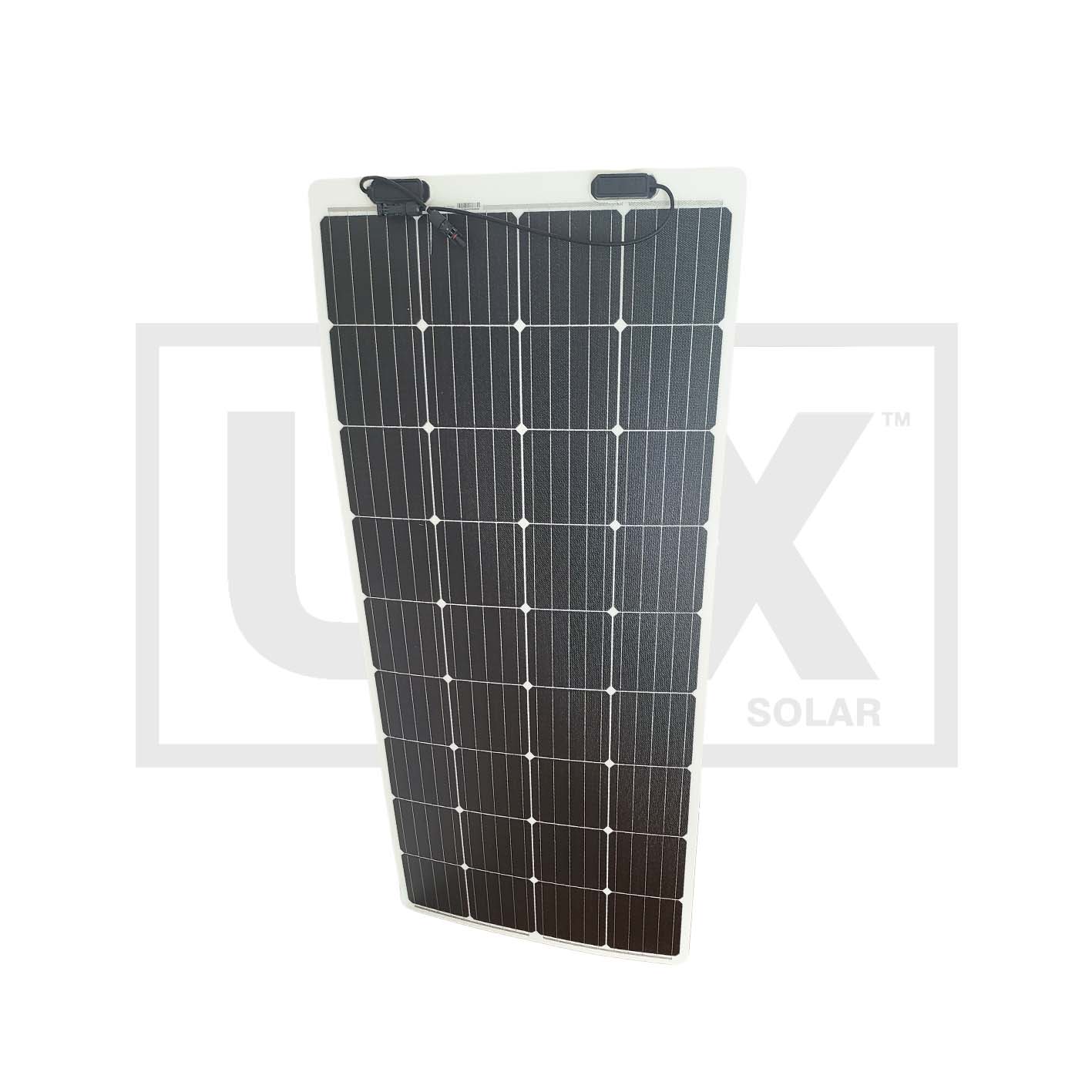175 Watt Sunman Flexible Solar Panel (5 year warranty Mono EARC®)
175 Watt Sunman Flexible Solar Panel (5 year warranty Mono EARC®)
SKU:SMF175m-4X09uw
Shipping
Shipping
Panels and Kits ship from $0 (Auckland central) to $29.99 (rural South Island). Adding a Battery increases shipping costs due to heavy and dangerous goods classification.
Orders are shipped Mondays to Fridays and take on average 1-3 working days to arrive.
Orders received before midday will be shipped same day.
Click and Collect (Panmure, Auckland)
Click and Collect (Panmure, Auckland)
- This item is available for click and collect from our Auckland Warehouse, in Panmure.
Warranty & Returns
Warranty & Returns
Five Years
We have a 7 day change of mind return policy, subject to a restocking fee.
Sunman eArc® panels are among most most reliable flexi panels on the market - and they are certified to all the same industry standards as framed panels and are perfect for marine solar applications and other application requiring mounting on a curved surface.
Sunman panels are the only flexible solar panels approved by the clean energy council of Australia for mounting on a building.
The junction boxes are IP68 certified for water resistance, with MC4 solar connectors.
| Specifications: | 175 Watt |
| Power (W) | 175 |
| Vmp (V) | 19.5 |
| Imp (A) | 8.98 |
| Voc (V) | 23.9 |
| Isc (A) | 9.5 |
| Weight (kg) | 3 |
| Size (mm) | 1504 x 673 x 2 |
| Warranty (Marine) | 5 Years |
eARC
eARC
eArc is the world's first glassless solar module. An innovation combining proven crystalline silicon solar cells with patented composite material, eArc has the same durability and robustness of conventional glass modules. However, unlike glass, eArc resembles a flexible"solar skin", 70% lighter and up to 95% thinner.
Monocrystalline
Monocrystalline
At LUX Solar we only source monocrystalline panels as they offer the highest efficiency. Monocrystalline panels are manufactured from a single rod of silicon thus the crystal structure inside the silicon is uniform, with very few impurities. Polycrystalline panels on the other hand are made up of smaller crystal structures that introduce grain boundaries in each solar cell. This causes inefficiencies in the conduction of electrons due to defects associated with the crystal boundary.











